When you are jumping into a beautiful ore, maybe the danger has already invaded your body. In the field of geology and minerals, there are many rocks or ores that have a fascinating appearance and are also deadly! Let's take a look at the ten deadliest ore in the world.

Arsenic pyrite
Arsenic pyrite is generally produced in high-temperature hydrothermal deposits, pegmatites and metasomatic deposits, and is symbiotic with hematite and cassiterite in tungsten-tin ore veins. Arsenic pyrite has magnetic properties after burning, and hammering arsenic pyrite will give off garlic odor. Arsenic pyrite is an iron sulfur arsenide mineral with a Mohs hardness of 5.5 to 6 and a specific gravity of 6.2. Arsenic pyrite is a tin-white to steel gray, streak grayish black, metallic luster, opaque, and is a sulfide mineral of monoclinic orthorhombic crystal.
Arsenic pyrite is the most widely distributed sulfur arsenide. It is mainly distributed in Hunan, Jiangxi, Yunnan and other places in China. The world famous places are Freiberg in Germany, Cornwall in the UK, and Kobor in Canada. Waiting for the place. In ancient times, arsenic pyrite was called white vermiculite and vermiculite. The poisonous sand was broken into small pieces, the mixed stones were removed, and it was smelted with coal, charcoal or wood, and then sublimated. This kind of stone is poisonous and must be washed in time after touching.
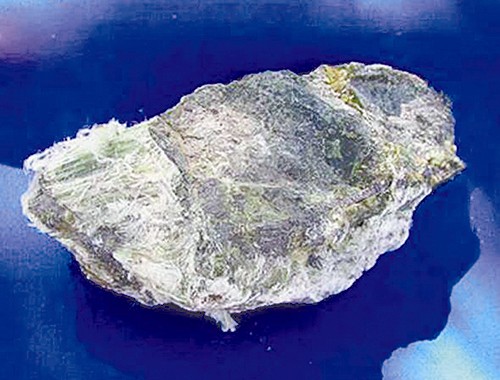
Chrysotile
Chrysotile as a general term for serpentine asbestos is a two-octahedral silicate mineral composed of a silicon oxytetrahedron and a magnesia octahedron. Due to the inconsistency between the tetrahedral layer and the octahedral layer, three different basic structures are formed to form three minerals, namely a plate-like serpentine with a flat structure, a serpentine with alternating wavy structure, and a curl. A serpentine with a cylindrical structure.
The serpentine has a wide range of output, and has a high degree of crystallization and good separability; a filamentous characteristic serpentine is a useful industrial mineral, also known as serpentine asbestos, which is highly carcinogenic. It can split smaller particles and fibers, and it will split rapidly in the lungs. If the contact time is too long, it will cause disease, so the staff engaged in the mining of chrysotile is prone to occupational diseases.
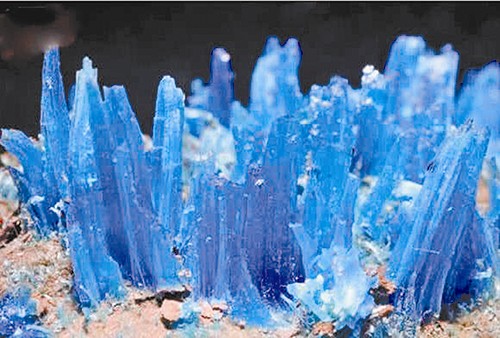
Blue dragonfly
Copper sulfate pentahydrate, commonly known as blue bismuth, cholesteric or copper bismuth, also known as copper sulphate crystal, is a blue crystal with a molecular formula of 249.68 and a water content of 36%. It has the functions of vomiting, phlegm and detoxification. Blending blue crystals into the water can have fatal effects on animals and plants and is a common ingredient in herbicides and pesticides.
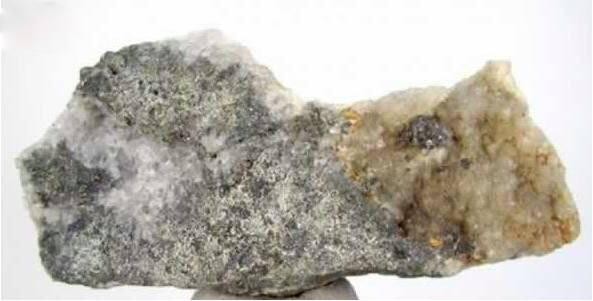
Barium mercury mine
This stone is often found in cooled magma, an ore that combines mercury and helium at high temperatures. Because cockroaches are toxic, they emit toxic substances when heated, so they can cause harm to the human body if they are not careful.
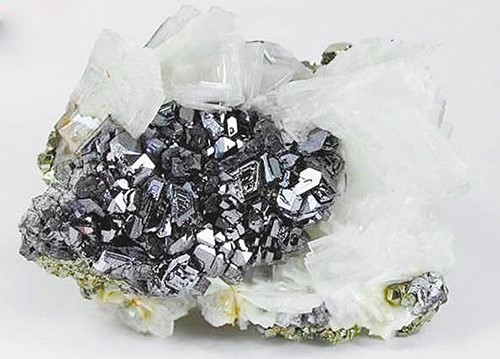
Galena
Galena is a sulfide that is a relatively common mineral with a ratio of metal (lead) to sulfur of 1:1. The galena is usually in the form of a cubic crystal. The aggregate is usually in the form of a granular or dense block; it is lead gray, the streak is grayish black, has a metallic luster, has a hardness of 2.5, and has a density of 7.4 g to 7.6 g/cm 3 . Sexuality and good detection.
Galena is mainly a hydrothermal mineral that is always symbiotic with sphalerite and is easily weathered into lead and leucite on the surface. It is formed in metamorphic rocks and volcanic sulphide deposits, often mixed with copper ore. There are also galena in coral reef limestone and dolomite limestone. It is the most widely distributed lead mineral and the most important mineral raw material for lead extraction. However, it contains a variety of toxic substances. Long-term exposure or inhalation of dust may lead to lead poisoning.
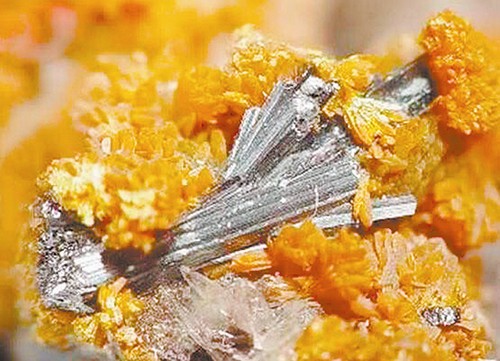
Red bismuth lead
This ore is formed by elements such as antimony, lead and arsenic and can be found throughout Europe. Prolonged exposure can cause hair loss and cause serious illness or even death.
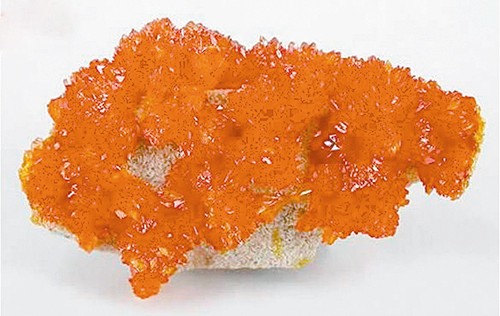
Arsenic trisulfide
Arsenic trisulfide, also known as arsenic sulfide, is a symbiotic mineral of realgar (tetra-arsenic tetrasulfide), so there is a saying of "mineral strontium". Pure arsenic trisulfide is lemon yellow, belonging to monoclinic system, with a relative density of 3.43, boiling at 707 °C without decomposition.
Arsenic trisulfide is hardly soluble in water and insoluble in inorganic acids, but soluble in sodium sulfide, alkali metal hydroxides and carbonates. This ore is often found in hydrothermal escaping, and long-term exposure can be poisoned by the neurotoxins they release.
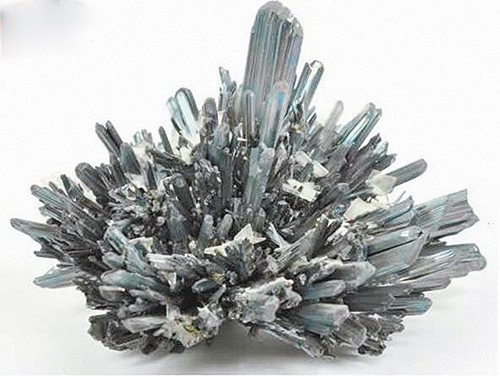
Brilliant mine
The stibnite is a sulphide mineral of strontium, containing 71.69% bismuth. It belongs to the orthogonal (orthort) crystal system, has a long column with a pointed top, and the column has vertical stripes. The stibnite is mainly produced in medium- and low-temperature hydrothermal deposits, often associated with cinnabar, realgar and orpiment.
China is the world's most prolific country, and Hunan, Guizhou, Guangxi, Guangdong, Yunnan and other provinces have a distribution of stibnite deposits. The large-scale stibnite deposit in the cold water Jiangxi mine in Hunan is famous around the world. This stone can cause poisoning and looks like arsenic poisoning.
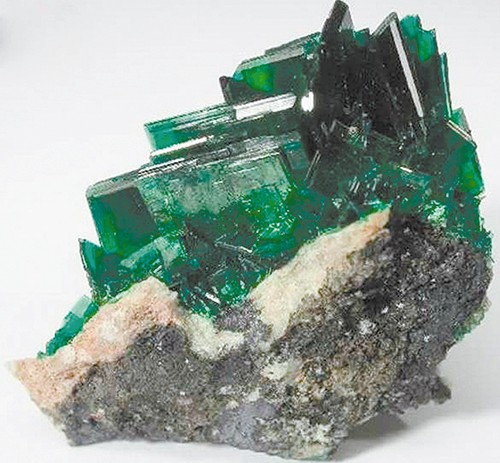
Copper uranium mica
Copper uranium mica is a uranium-containing mineral that can be used to extract uranium, which is a green crystal or a mica-like block and is of the phosphate type.
Copper uranium mica is often found in the oxidation zone of endogenous deposits and has a typical layered mica structure, but copper uranium mica and calcium uranium mica do not belong to the mica minerals, but only have the characteristics of mica.
We often find this ore in granite. They are made up of uranium and have been very popular with collectors, but this ore has radiation and releases toxic helium.
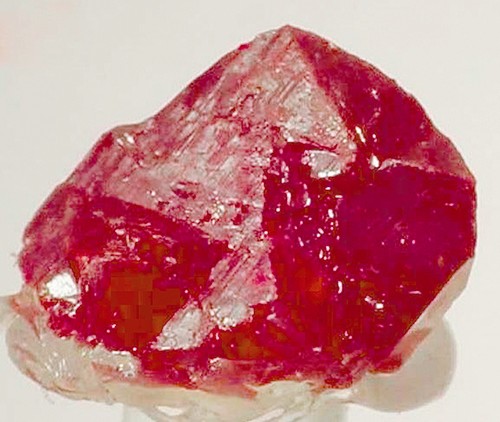
Cinnabar
Cinnabar, also known as cinnabar, dansha, red dan, and mercury sand, is a natural ore of mercury sulphide. Its main component is mercury sulphide, but it is often mixed with realgar, apatite and asphaltene.
Cinnabar has the effects of calming hypnosis, detoxification and antisepsis, and inhibiting or killing skin bacteria and parasites. Cinnabar is a compound of mercury. Mercury has a special affinity for sulfhydryl groups in proteins. Mercury entering the body is mainly distributed in the liver and kidney, and can directly damage the central nervous system through the blood-brain barrier.
Lever Chain Hoists,Small Chain Block,Chain Block 1 Ton,Hand Chain Block
Guangdong Gongyou Lift Slings Machinery CO.,LTD , https://www.gongyouslings.com
